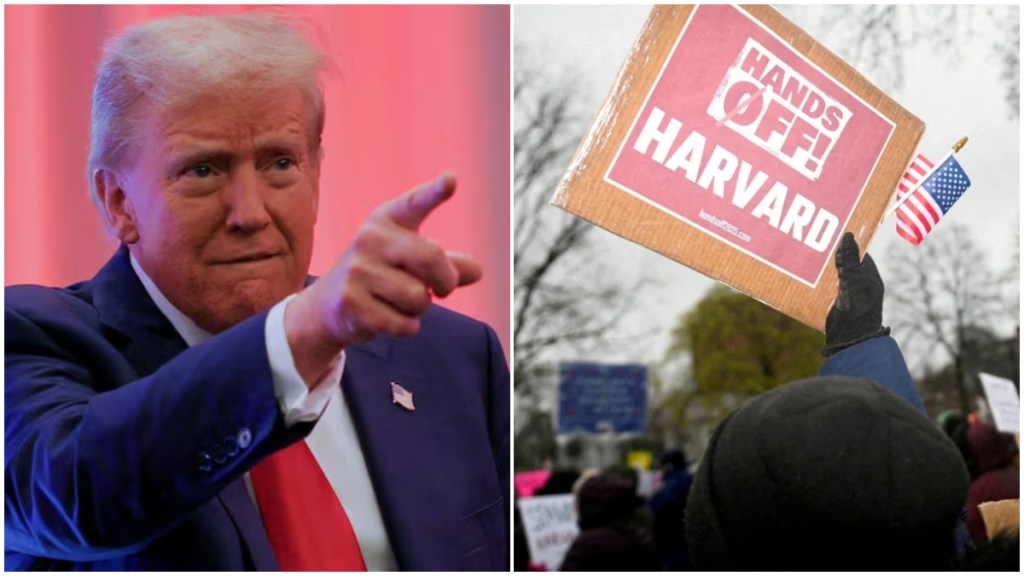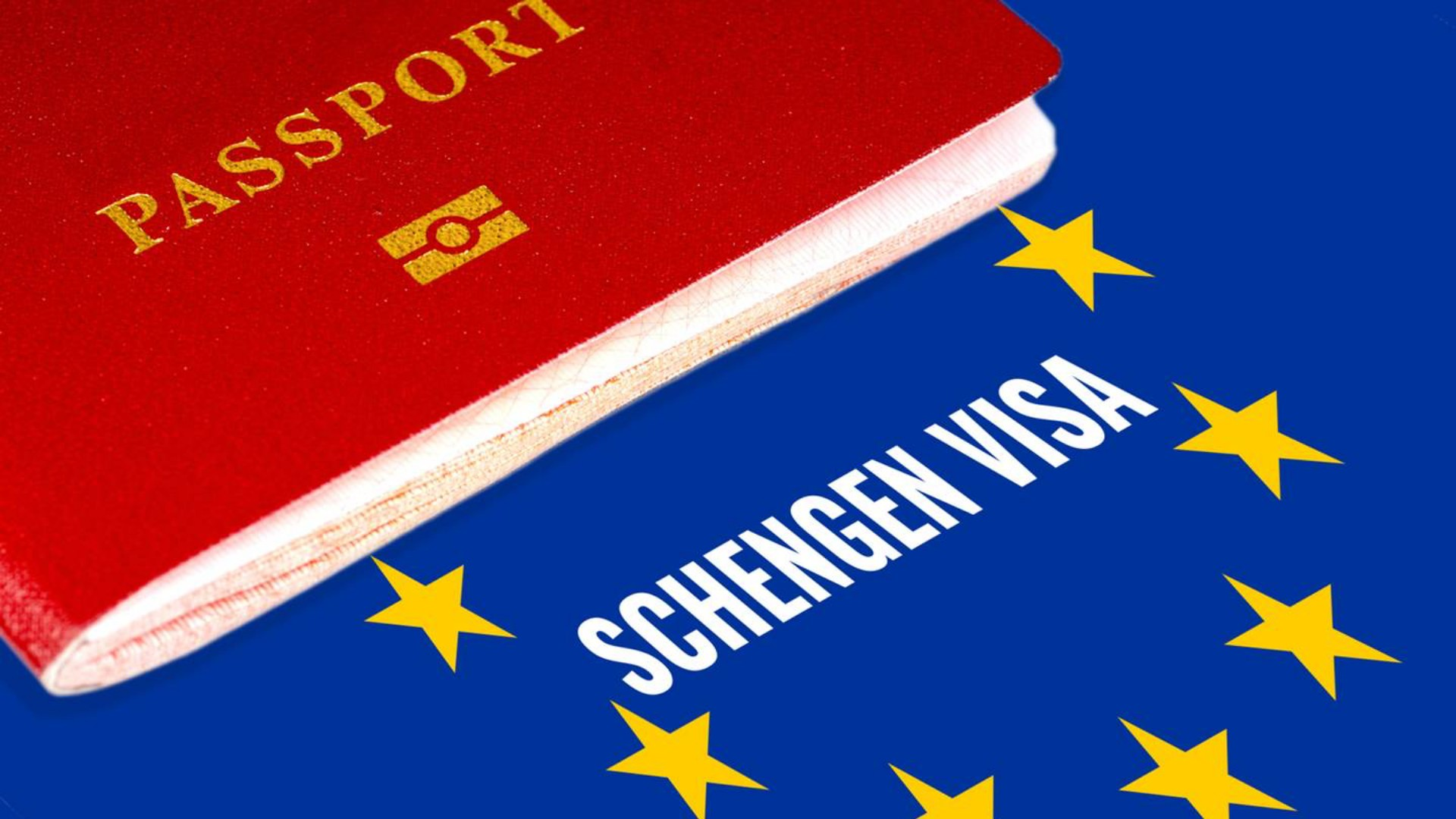In 2015, the United Nations proposed 17 Sustainable Development Goals (SDGs) to replace the old Millennium Development Goals (MDGs). The SDGs were launched through the document “Transforming Our World: The 2030 Agenda for Sustainable Development”, as an action plan to be carried out over the next 15 years, with 169 targets for the implementation of the goals.
On the verge of its 10th anniversary, the 2030 Agenda presents both progress and challenges encountered along the way. Despite their consolidation around the world, the SDGs remain questionable at their core: can development be sustainable?
The Millennium Development Goals and the construction of a new paradigm for global agendas
The MDGs were a set of 8 global goals established by the member countries of the United Nations (UN). By setting targets and commitments to be achieved by 2015, they sought to establish international standards for peace, environmental sustainability and poverty eradication, among others.
The set of goals was signed in September 2000, during a UN General Assembly that became known as the Millennium Summit through the document “United Nations Millennium Declaration”. The aim was to achieve a new paradigm in the international system, which would solve problems shared by humanity by establishing fundamental values such as freedom, equality, solidarity, respect for nature and common responsibility.
To this end, topics relevant to the reality shared by the countries were discussed, such as peace, security, human rights, democracy, vulnerable groups and international cooperation. The MDGs, therefore, seek to converge attempts at joint action around shared challenges, based on the integration of commitments and the definition of targets that reflected the debates held at previous conferences.
The 8 goals include: 1) Eradicate extreme poverty and hunger; 2) Achieve universal primary education; 3) Promote gender equality and empower women; 4) Reduce child mortality; 5) Improve maternal health; 6) Combat HIV/AIDS, malaria and other diseases; 7) Ensure environmental sustainability; and 8) Establish a global partnership for development. In addition to the main topics, the commitments were subdivided into 21 goals and 60 official indicators, with the time frame being 1990-2015.

The formulation of an agenda to be followed globally shows a certain concern for the quality of life of the world’s population, considering that the turn of the millennium provided a space for reflection on the challenges facing the planet, which could worsen over the years. In addition to humanitarian issues, the MDGs also served strategic purposes, such as promoting international agreements, political openness and the expansion of markets.
The integration of the objectives made it possible to involve multiple sectors of society beyond the states, such as non-governmental organizations, the private sector and civil society. It has also made it possible to monitor progress more effectively, given the centralization of data through pre-established indicators.
According to Okado and Quinelli (2016), within the timeframe proposed for achieving the goals, all the objectives have made significant progress. However, it is true that 15 years of cooperation on 8 goals would not be enough to correct structural inequalities, such as poverty and gender issues. Therefore, with the arrival of 2015 and the end of the deadline set for the MDGs, it was noted that there was still a long way to go, and the construction of a new agenda began that would expand the movement consolidated so far.
The Sustainable Development Goals as the way forward
The new agenda proposed by the UN sought, in addition to reinforcing the MDGs, to incorporate the promotion of sustainable development. In this sense, the ideas began to take shape during the United Nations Conference on Sustainable Development. The event took place in Rio de Janeiro in June 2012 and became known as Rio+20, resulting in the document “The Future We Want”. The proposal was for member countries to build new strategies based on the experience of the MDGs, aimed at sustainable development, which would come into force after 2015.
The SDGs were officially announced in September 2015, establishing new goals and targets for the next 15 years. The document “Transforming Our World: The 2030 Agenda for Sustainable Development” was organized around 5 Ps: 1) People; 2) Planet; 3) Partnerships; 4) Prosperity; and 5) Peace, which guide the general principles of the goals to be achieved. To this end, an action plan was drawn up with 17 objectives, which can be seen in the image below.

Based on these guidelines, states have the autonomy to act according to what is considered a domestic priority. The SDGs carry the mantra “leave no one behind”. This reinforces the cooperative and collective nature of the agenda.
Despite assimilating various elements of the MDGs, the SDGs come with an innovative element: an attempt to frame sustainability within a global agenda for the future, in a broad sense. This incorporates the three dimensions of sustainable development: economic, social and environmental.
In this way, sustainable development is inserted as a concept that suggests that economic growth can be combined with progress at other levels, in which environmental protection stands out. The idea proposed is that it is possible to meet current needs without compromising the ability to meet those of future generations, which perpetuates the logic that underpinned the MDGs: concern for the quality of life of the population that is yet to come after us. Thus, consumption patterns can be reconciled with sustainability, using natural resources more consciously through this development model.
The framing of sustainability in international development metrics
Ten years after their creation, the SDGs have become a well-known and widespread trending topic in international relations. The promotion of the agenda through the support provided by the United Nations Development Program (UNDP) has made it possible to create partnerships between state and non-state actors, and to finance projects that carry the proposed ideals.
Despite these advances, the very definition of sustainable development is, at its core, contradictory and reductionist. Authors such as Boff (2023) and Cruz and Ferrer (2015) point to its strictly economistic bias, which in practice masks economic growth under the pretext of a superficial concern for environmental protection.
Inherent in industrial production is the extraction of resources, production and mass consumption, which keep the wheel turning and are associated with economic development. These values contribute to increasing social inequality and to today’s environmental collapse. An example of this is the climate crisis, one of whose causes is the emission of greenhouse gases generated by industries. From this perspective, economic development is incompatible with sustainability, being antagonistic concepts that cannot be reconciled and reduced to a single category.
In the search for solutions that will prevent the end of the world in 15 years, the UN is ambitious in its commitment to sustainable development as the most tangible path to the future. It is true that the SDGs have made a significant contribution to integrating sustainability into politics, society, culture, etc., through the visibility given to the issue and the boosting of projects and programs in the area. However, it must be stressed that the agenda also serves strategic purposes, and is ambiguous at its core in stating that it is possible to reconcile economic development with the promotion of a sustainable future.
References
http://cienciaecultura.bvs.br/pdf/cic/v71n1/v71n1a11.pdf
https://seer.pucgoias.edu.br/index.php/baru/article/view/5266/2892
https://brasil.un.org/sites/default/files/2020-09/agenda2030-pt-br.pdf
https://www.un.org/millenniumgoals/
https://brasil.un.org/pt-br/66851-os-objetivos-de-desenvolvimento-do-mil%C3%AAnio https://engemausp.submissao.com.br/25/anais/arquivos/596.pdf?v=1743590213



